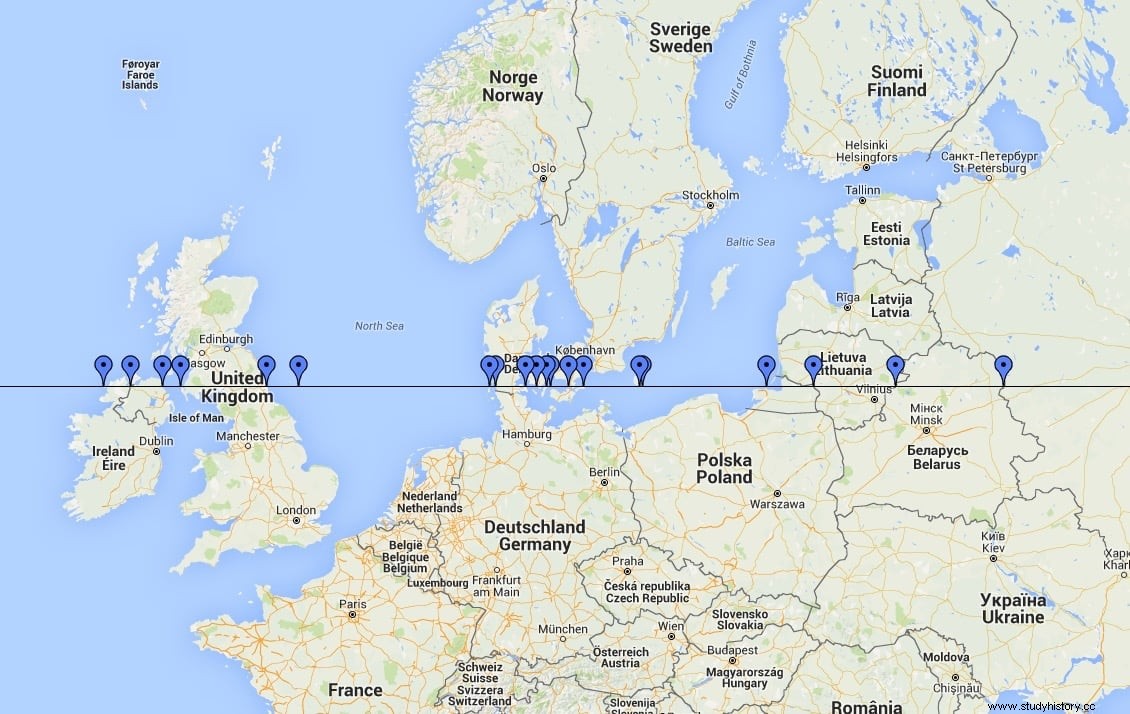Whether Neanderthals would have reached latitudes as far north as Scandinavia is a question that has been debated by scientists for many years. The prevailing thesis so far is that they never got there, basically because the weather didn't allow it, it was too cold.
But a new study indicates otherwise, saying that temperatures weren't extreme enough to stop Neanderthals, and that Neanderthals could have reached farther north than the 55th parallel. The fact that no Neanderthal remains have ever been found north of that parallel would be due to taphonomic bias. Taphonomy is a part of paleontology that studies fossilization processes and the formation of fossil beds. Not all organisms have the same chance of being fossilized and preserved in different times and different places, as there are many factors that come into play.

The team behind the study, led by Aarhus University doctoral student in prehistoric archeology Trine Kellberg Nielsen, used climate models to determine whether or not Neanderthals would have been able to survive in southern Scandinavia.
From the climatic point of view, the study affirms that the Neanderthals could have lived perfectly in the south of Scandinavia about 120 thousand years ago. However, they do not rule out the possibility that other types of physical barriers would have prevented them from moving so far north. At that time the sea level was higher than it is now, so it is possible that they never crossed north from present-day Denmark.
There is evidence that they did inhabit northern Germany, just south of the current Danish border, and were tremendously adaptable and flexible, as evidenced by surviving 300,000 years of violent fluctuations in climate and environment. The study does not state outright that they expanded further north, but it does state that conditions were not entirely unfavourable.
Fonts
ScienceNordic
